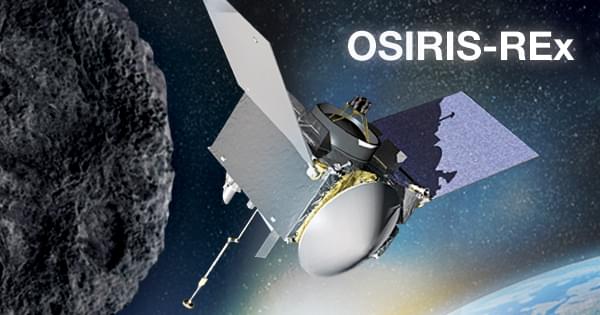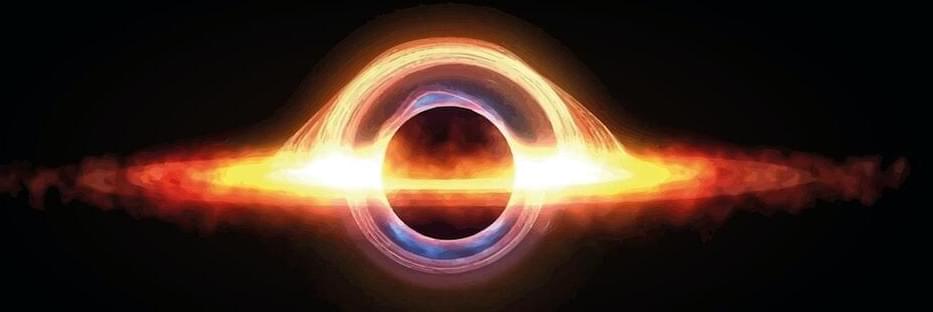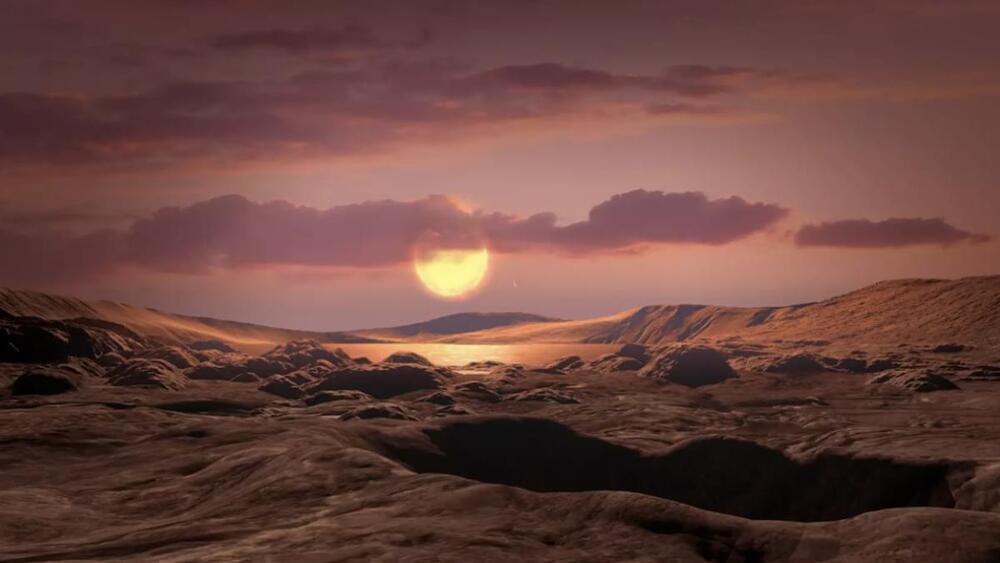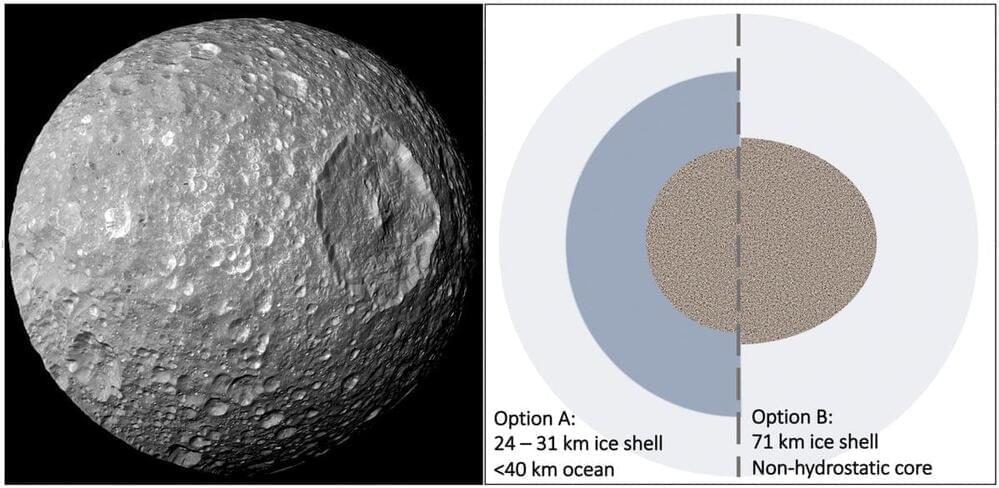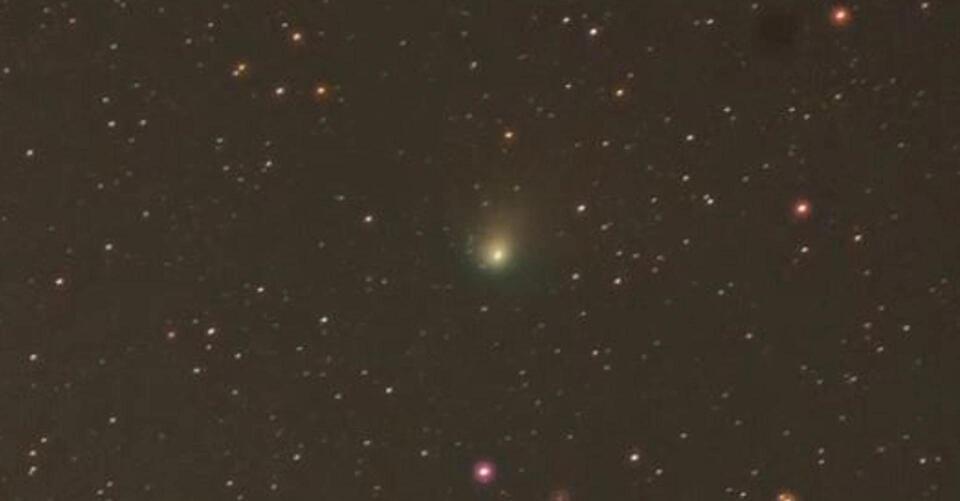Archive for the ‘space’ category: Page 271
Feb 4, 2023
Astronomers May Be on the Cusp of a “Potentially Revolutionary” Breakthrough
Posted by Atanas Atanasov in categories: innovation, space
These astronomers have the next 50 years all planned out.
A 3D map of most of the luminous matter in the universe is the goal for the next 50 years or more.
Feb 4, 2023
ChatGPT Is The Fastest Growing Ap In The History Of Web Applications
Posted by Gemechu Taye in categories: internet, space
UBS research just confirmed that ChatGPT is the “fastest-growing consumer application in history,” according to research from UBS research just announced that ChatGPT. “In 20 years following the Internet space, we cannot recall a faster ramp in a consumer internet app. By comparison, TikTok took nine months to reach 100 million monthly users, and Instagram about 2.5 years.” Other popular online services have taken longer to hit the one million user mark. Instagram being the closest. Another comparison is when Netflix was launched as a subscription service in 1999, the one million user mark took over 3.5 years to reach this many users.
This article discusses ChatGPT is the fastest growing Ap in the history of web applications.
Feb 4, 2023
Scientists just found a planet that’s stranger than you can imagine
Posted by Paul Battista in category: space
Astronomers discovered a world beyond our solar system, a exoplanet, that is around the size of Earth and could possibly harbor conditions that might allow life to thrive. It’s called Wolf 1,069 b.
Feb 4, 2023
Mercury Is Not Only the Closest Planet to Earth, But to Every Other Planet in the Solar System
Posted by Dan Breeden in categories: innovation, space
Feb 4, 2023
Good Lawd! Mass of lone ‘dead star’ measured for the first time
Posted by Paul Battista in category: space
Astronomers have measured the mass of a lone white dwarf star for the first time. This type of smoldering stellar remnant is formed at the end of the lives of low-mass stars and will be what the sun leaves behind when it dies in around 5 billion years.
The Hubble Space Telescope measured the mass of a white dwarf designated LAWD 37, which burned out over 1 billion years ago. In the work, scientists used a phenomenon first predicted in 1915 by Albert Einstein called “gravitational lensing,” which involves the bending of light by objects of great mass. The team determined that LAWD 37 has a mass around 56% that of the sun. The finding confirms current theories of how these stellar remnants form and evolve. This particular white dwarf is well studied because it is relatively close to Earth at just 15 light-years away in the constellation of Musca.
Feb 4, 2023
Saturn’s moon Mimas may be a ‘stealth’ ocean world
Posted by Dan Breeden in category: space
If Mimas has an ocean, it represents a new class of small, ‘stealth’ ocean worlds with surfaces that do not betray the ocean’s existence.
Feb 4, 2023
Bill Gates says A.I. like ChatGPT is ‘every bit as important as the PC, as the internet’
Posted by Kelvin Dafiaghor in categories: internet, mapping, robotics/AI, space
Microsoft co-founder Bill Gates knows a thing or two about paradigm shifts, having played a key role in personal computers becoming a thing. Today, he believes, an equally important development is beginning with ChatGPT and similar artificial intelligence tools.
“A.I. is going to be debated as the hottest topic of 2023. And you know what? That’s appropriate. This is every bit as important as the PC, as the internet,” Gates recently told Forbes, adding that he now spends about 10% of his time talking with Microsoft teams about their product road maps, despite having been long retired and focused on philanthropy.
ChatGPT, of course, is the A.I. chatbot that’s been making waves with its ability to respond to typed questions with eerily human-like responses. Launched a few months ago, ChatGPT now attracts more than 100 million monthly active users, according to a research note published Wednesday by UBS. It easily reached 100 million faster than TikTok or Instagram, the bank’s analysts noted, adding, “In 20 years following the internet space, we cannot recall a faster ramp in a consumer internet app.”
Feb 4, 2023
Moon Exerts Obscure Tidal Force ‘Plasma Ocean’ That Creates Fluctuation on Earth’s Magnetosphere, Study Reveals
Posted by Dan Breeden in category: space

Unknown tidal force from the moon called ‘Plasma Ocean’ creates fluctuation on the earth’s magnetosphere layer, based on the newest study. Read to learn how this occurence will affect the planet!
Feb 3, 2023
Pretty powerful’: Indiana man captures rare ‘green comet
Posted by Dan Breeden in category: space
LaPORTE COUNTY, Ind. ( WGN) — In freezing temperatures in rural LaPorte County, Indiana, a skywatcher was able to capture the rare “green comet” passing by Earth for the first time in 50,000 years.
Space enthusiasts like Patrick Thompson have been talking about C/2022 E3 — more commonly known as the “green comet” — for the last couple of weeks. The comet was discovered only last year as part of a survey that monitors the solar system for moving objects with a wide-field survey camera.
